All about the stone blows

When building a bathhouse on his personal plot, several questions arise before the owner. How to overlay the stove and fill it? How to choose non-toxic materials? The answer is to use dunite. We will talk about this stone in more detail.
Stone characteristics
Let's find out the origin of dunite. It is formed deep underground from the transformation of magma. Its deposits are located below the earth's crust, which means complete radiation safety of the mineral. After all, it is known that all unstable atoms gravitate towards the surface of the earth.
Dunite was first discovered in New Zealand near the Dun Mountains. This is where its name came from. It belongs to ultrabasic stones. This means it contains 30 to 45% silicon oxide., therefore perfectly suitable for a large number of heating-cooling cycles and at the same time does not release toxic silicon compounds.
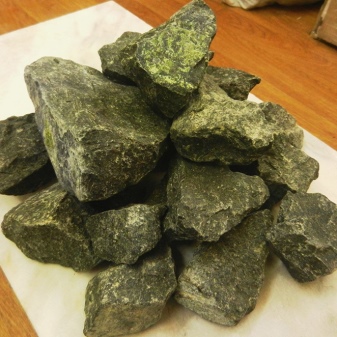
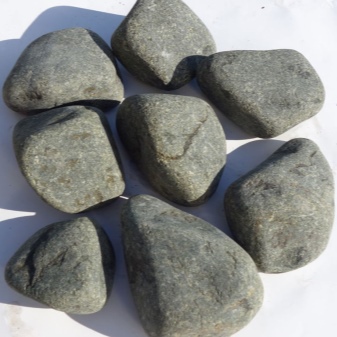
Chemical composition
Dunite contains impurities, their quantity will be varied depending on the place of extraction of the stone. The approximate mineral composition will be as follows:
- MgO - 40–52%;
- SiO2 - 36-42%;
- FeO - 4–5%;
- Fe2O3 - 0.6–8%;
- Al2O3 - 3%;
- CaO - 0.5-1.5%;
- Na2O - 0.3%;
- K2O - 0.25%.
Under the influence of high temperatures and carbon dioxide, olivine turns into silica, which turns dunite into a more fragile stone. In order to distinguish olivine from silica, it is enough to try to scratch them with a knife. The first of them will remain unchanged, while the second will have a trace.
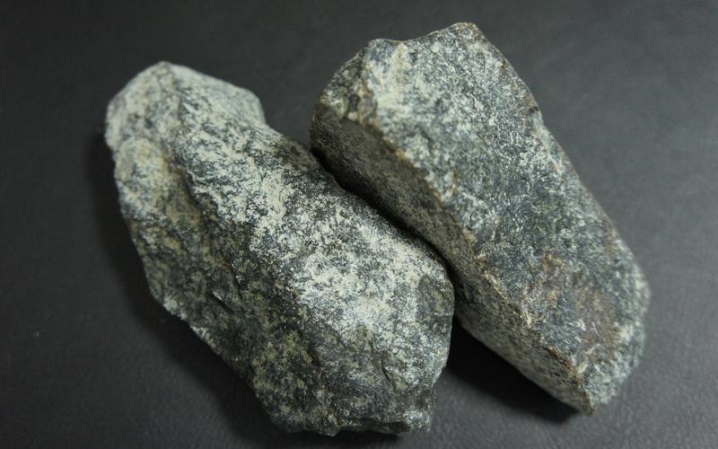
Physical properties
Characteristic | Meaning |
Density | 3000-3300 kg / m2 |
Specific heat | 0.7-0.9 kJ / kg * K |
Thermal conductivity | 1.2-2.0 W / m * K |
Thermal diffusivity | 7.2-8.6 m2 / s |
Melting temperature | over 1200 C |
From the physical characteristics, it can be concluded that the stone heats up well and quickly and conducts heat, does not collapse under the influence of high temperatures.
However, it cools down just as quickly due to its low heat capacity.
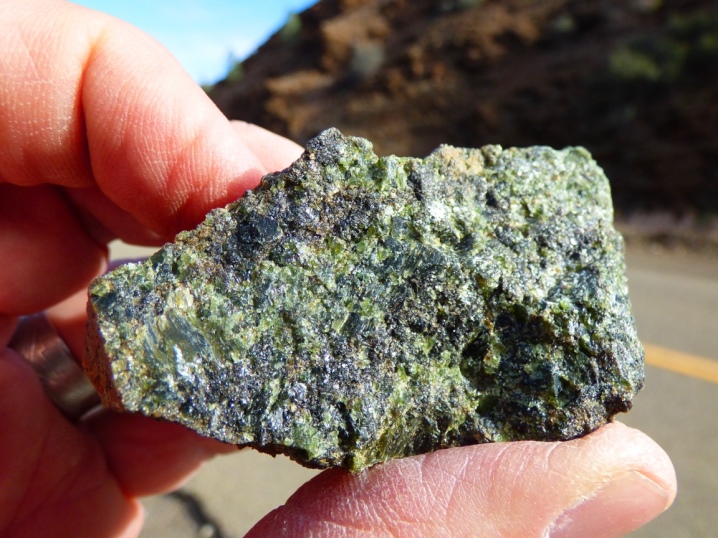
Peculiarities
Dunite has a grainy texture. Most often it is small, but there are stones with medium and coarse-grained texture. The color scheme does not differ in variety. The mineral is found in gray, brown, green and black shades. Pay attention to gray or metallic blotches, which indicate the presence of sulfur in the rock. When they come into contact with high temperatures and high humidity, sulfuric and sulfurous acids begin to be released, the vapors of which irritate the mucous membrane of the eyes and respiratory tract, and even cause burns.
If such inclusions are insignificant, then after several heating-cooling cycles, all sulfur will completely disappear and the bath will become safe. But with a large accumulation of sulfur, it is better to throw out the whole stone entirely.
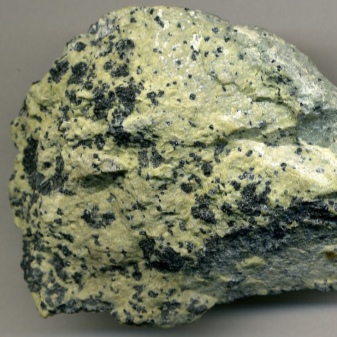
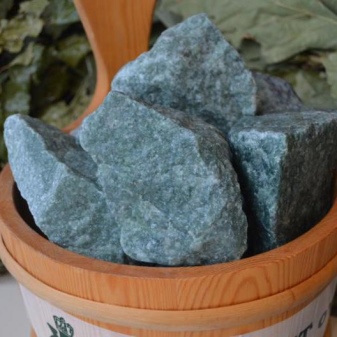
Economic use
Dunite deposits are found everywhere. It is known about its large deposits in the mountains of the Urals and the Caucasus. Also mined in the USA, Central Asia, Ukraine. The rock is not the subject of extraction, but remains as an accompanying rock for several metals:
- platinum;
- iron;
- aluminum;
- cobalt;
- nickel.
Dunite is used as a fertilizer in potato fields with highly acidic soil. To do this, it is mixed with peat in a 1: 1 ratio.
Also, this mineral serves as a refractory mold for casting metals. When clay is added to it, it can withstand heating up to 1700 C.
Dunite is widely used in baths and saunas. It can serve as both a decorative finishing of the stove and its filling.
Due to its unpresentable appearance, most often dunite forms the first layer of stones.

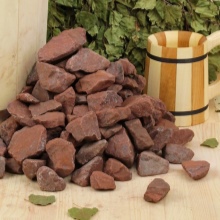
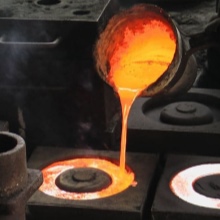
How to choose a dunite in the bath
For baths and saunas, it is necessary to choose only high-quality stones, without the inclusion of sulfur. A good mineral has no cracks. Try to split the breed. When in contact with a knife, there will be no scratches on the stone, it does not prick or crumble.
Dunite is sold packaged in boxes weighing approximately 20 kg. Unfortunately, in reality, the seller will not allow the rejection of stones. In fact, it is impossible to assess the quality of a purchase in a store.
In order not to buy a fake, buy the product in a large store and be sure to ask for a certificate of conformity. Inspect each specimen before using a mineral in a stone oven. If you find blotches of sulfur, as well as stones that are crumbling, then it is better to get rid of them.
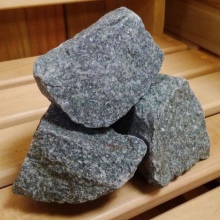
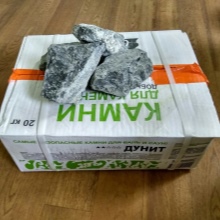
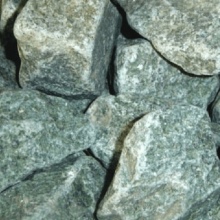
What to replace
Dunite can be replaced by members of the peridotite family, the most common of which is olivine. Pyroxenites, such as jadeite, are also great. Its disadvantage is its high price.
In the same price category with dunite there are:
- gabbro;
- porphyrite;
- crimson quartzite.
All of them are suitable for use in saunas.

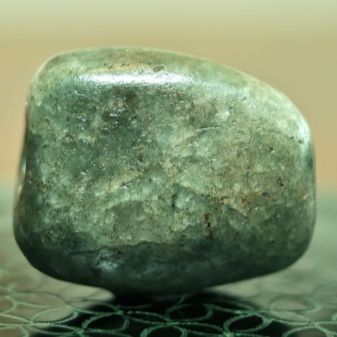
Dunite benefits:
- the stone heats up quickly, evenly gives off and conducts heat, does not expand;
- has refractory properties, withstands temperatures up to 1200 C, so you can not be afraid of cracking;
- does not emit a smell when heated;
- helps to restore the nervous and musculoskeletal systems, has a beneficial effect on the condition of the skin and hair;
- interacts with carbon dioxide to protect you from poisoning.
Disadvantages:
- unpresentable view, due to the limited range of colors from gray, gray-green to black;
- short service life, about 6 years;
- transformation from strong dunite to porous serpentine;
- some stones have large inclusions of sulfur, which, under the influence of temperature and humidity, forms into hydrogen sulfide acid;
- a large number of fakes on the market;
- most often it is small.
The price for 20 kg of dunite ranges from 400 to 1000 rubles. It all depends on the place of its extraction, the amount of impurities.
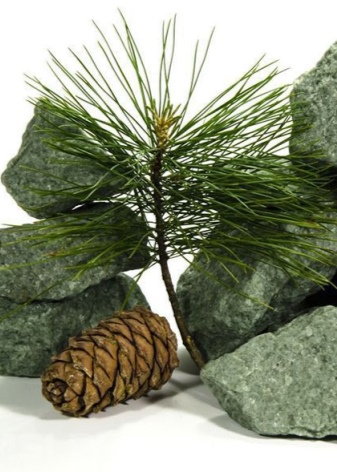
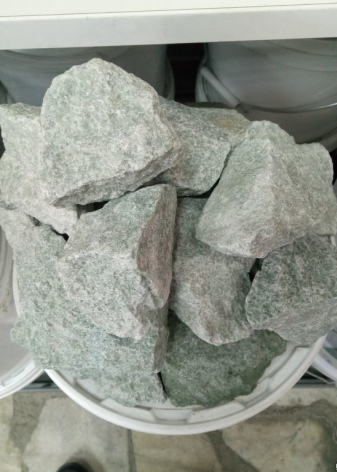
Application in the bath
Dunite is a versatile stone. They lay out a stove, while using it both as a facing stone and for interior decoration. It can also be used as filling. Before using dunite, it must be washed and heated.
If the stove has a closed appearance, then it can be filled almost completely with dunite, and stones that have a decorative appearance can be laid on the surface. In open ovens, it can also be used as the first layer or mixed with other minerals that will look very advantageous against the background of dunite.
It is known that dunite retains heat for a short time, therefore it must be mixed with stones that are capable of long-term heat transfer. For example, talcochlorite, basalt, jadeite.
For facing the stove, you will need a smooth stone, which is quite rare in nature, so it is best to use dunite-based tiles.
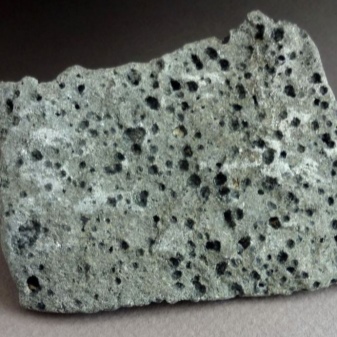
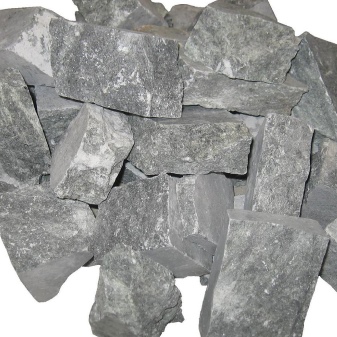
Reviews
Feedback from real buyers is very contradictory. Some say they are very happy with the purchase. The stone perfectly withstands a large number of heating-cooling cycles, does not crack, does not emit unpleasant odors. They note the improvement in health after going to the bathhouse where dunite is used.
Others note that the stone quickly collapsed, when heated, it forms a porous structure, and when moisture gets on it, it absorbs it. Most likely, this is due to the fact that a substandard stone was used, which quickly turned into serpentinite.
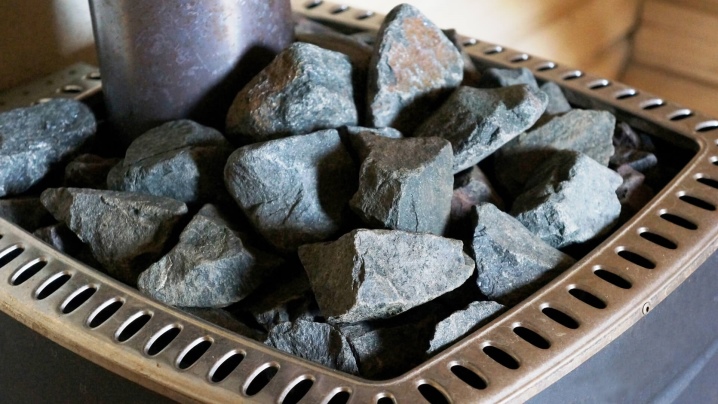
Output
Dunit is perfect for baths and saunas. It has undeniable advantages over other stones such as quartzite.However, dunite breaks down rather quickly, which limits its use.
For information on which stones are preferable to choose for a bath, see the next video.




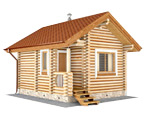
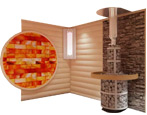
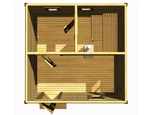
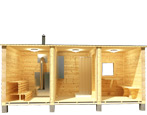
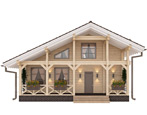



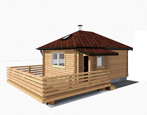

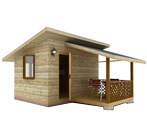

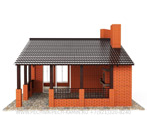
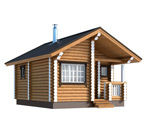
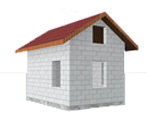

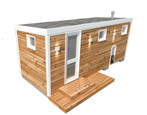
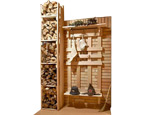

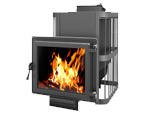
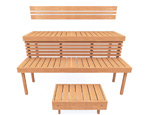


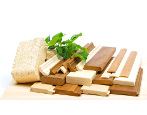

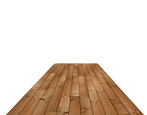
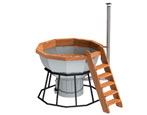
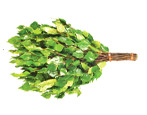
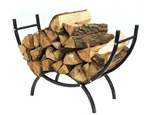
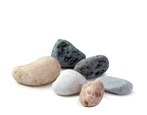
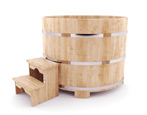
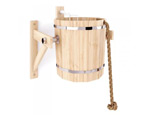
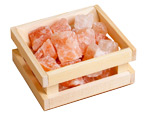
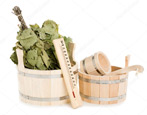

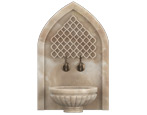

























































The comment was sent successfully.